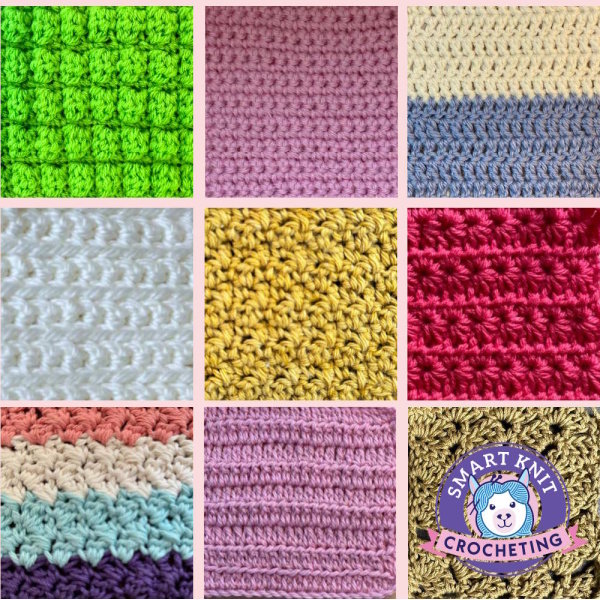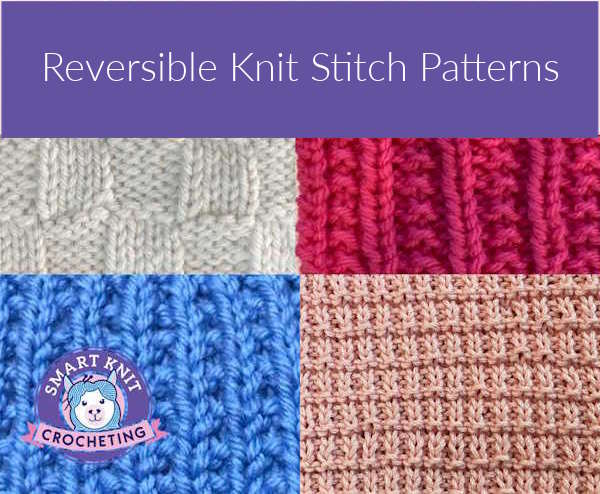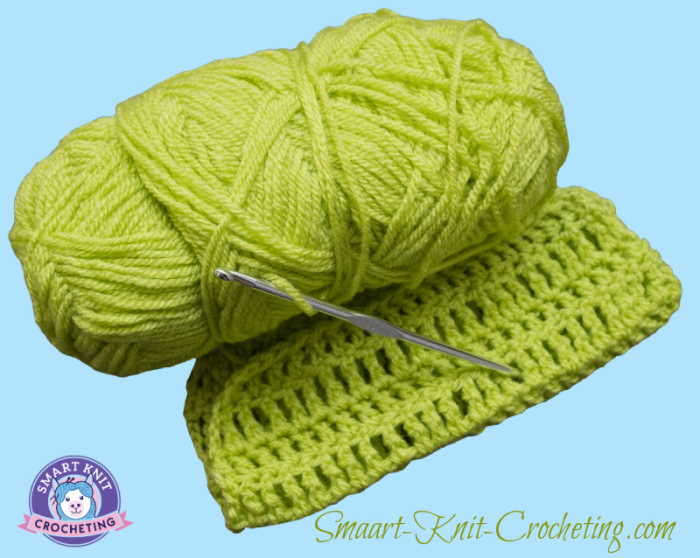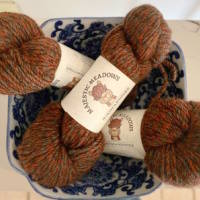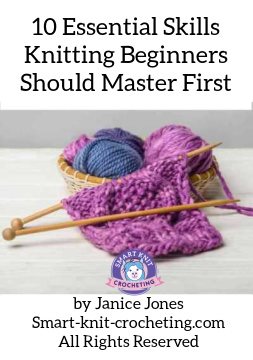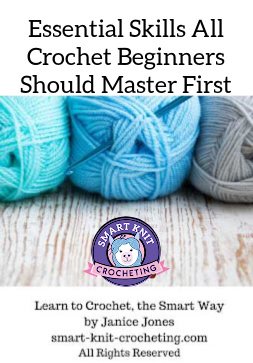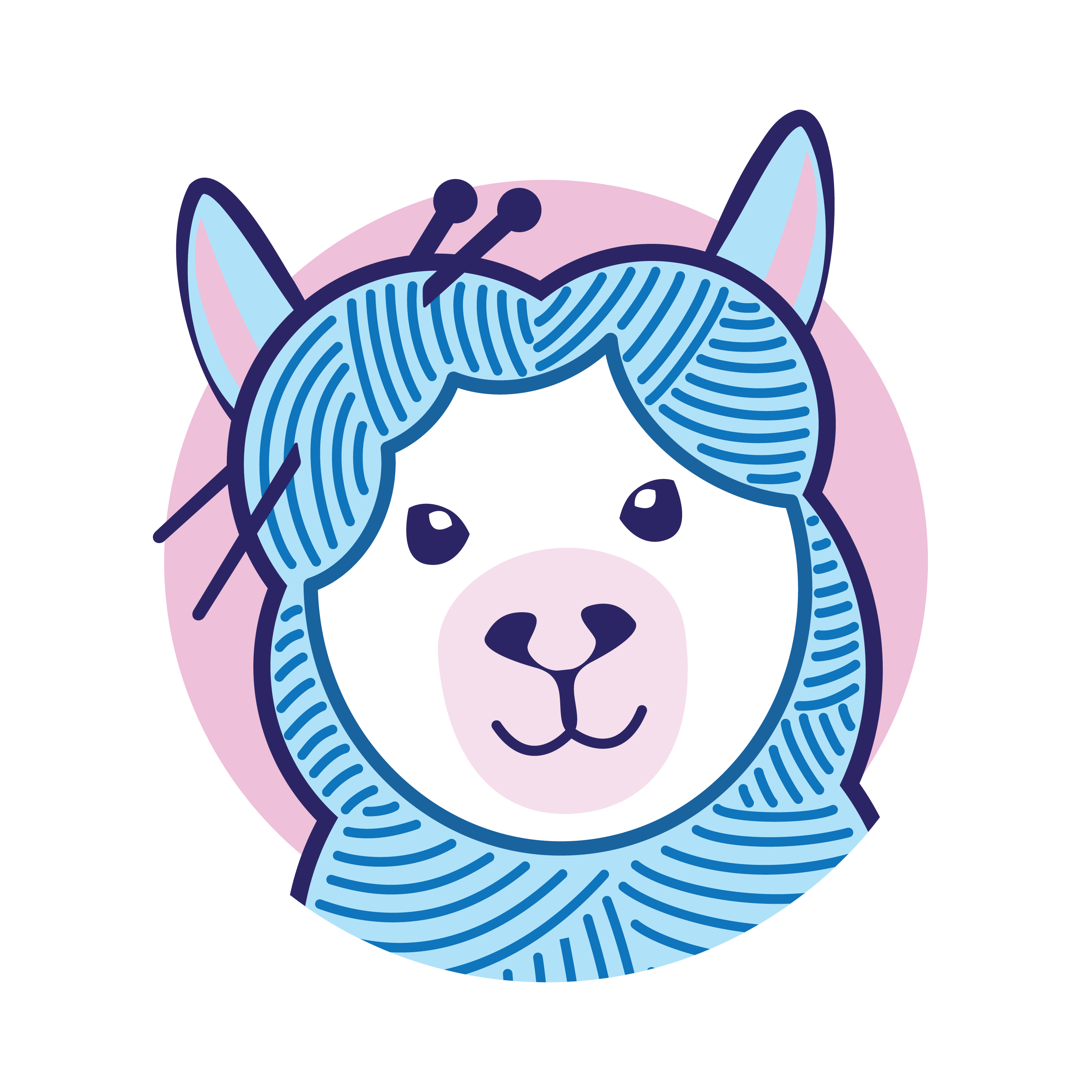- Home
- How to Improve Your Knitting or Crocheting
Improve Your Knitting or Crocheting with These Easy, Friendly Tips
How to Improve Your Knitting or Crocheting by Janice Jones
Updated November 21, 2025
Does knitting or crocheting create joy, creativity, and relaxation for you? When I started this site, I thought all the pleasure would be gone because I would spend more time on the keyboard than crocheting and knitting. Luckily, that hasn’t happened yet.
But I am always trying to find ways to improve my knitting and crocheting. Whether you're a beginner or experienced, there are always ways to improve your skills and take your crafts to the next level.
In this article, I will share some tips to help you become a better knitter and crocheter and enhance your knitting projects.
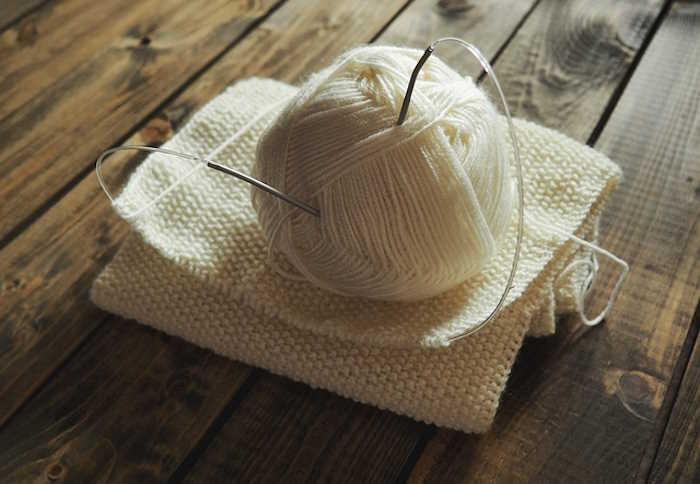
How to Improve Your Knitting or Crocheting: 13 Tips
Most, if not all, of these tips below, I learned the hard way, wasting time and money and countless stress that could have been avoided if I had known better. So, cozy up with some yarn and hooks or needles, grab your favorite beverage, and dive in!
1. Choose the Right Yarn
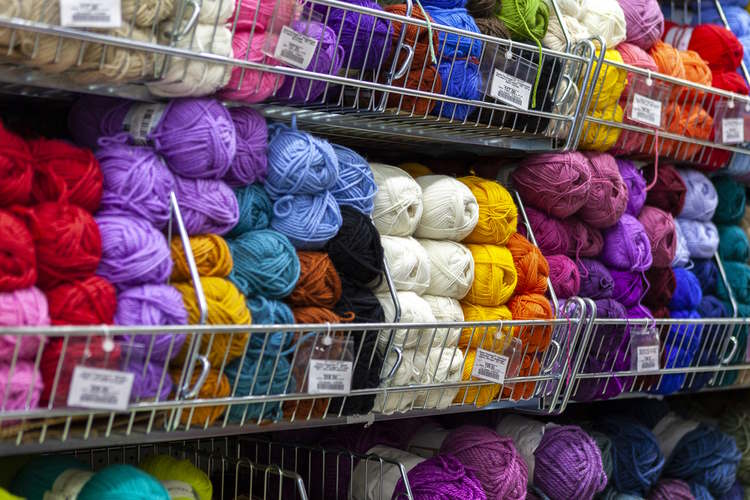
Many websites recommend finding quality yarn for your projects, but what does that even mean to a beginner? How do you even recognize “quality” yarn?
Learning more about the types of yarn available is the first step. Some projects work best with natural yarns like wool and cotton; others can be created with synthetic fibers. The quality of your yarn plays a role in how much you enjoy working with it and the final project.
But more expensive yarns are not always better. The best way to learn which yarns you love is to try out many brands and types of yarns.
For example, cotton yarns work great for washcloths, but there are vast differences in 100% cotton brands. Some are soft, others rough. Some tend to split apart. Others are so inflexible that it’s difficult to knit or crochet with them. Trying them out is the only way you will improve your outcome.
You might enjoy my comprehensive guide to yarns.
2. Find the Right Tools
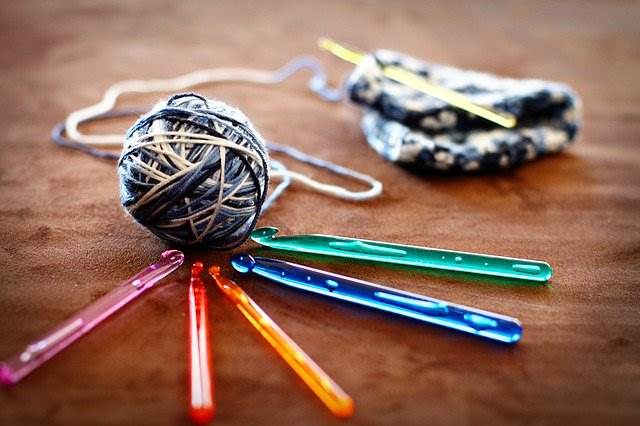 If you want to learn how to improve your knitting or crocheting, find the right tools.
If you want to learn how to improve your knitting or crocheting, find the right tools.Knitting and Crocheting requires some tools and notions. No one will argue, but what does that mean for the beginning crocheter knitter?
I am referring mainly to knitting needles and crochet hooks. There are plenty to choose from and if you, like many, are teaching yourself based on YouTube videos, the choices might be overwhelming.
If you are lucky enough to have a knitting teacher (friend, relative or in-person teacher) you probably have learned based on the recommendations of the person mentoring you.
But for many of us, we just may not know what works best. I was first taught many years ago by my grandmother who only used 14 inch straight needles and steel hooks.
Guess what?
That’s what I picked up years later only to find out that I hated them. Perhaps you have a similar story.
The first step is to learn about the many types of needles or hooks available, then experiment with them one at a time. When you first start, purchasing a complete set, even an inexpensive set, may be a waste of time.
My recommendation is to purchase individual needles or hooks initially, in a size compatible with the type of yarn you use, until you find a brand you love, then consider a complete set. For example, you might prefer to crochet with an ergonomic hook. You would want to try one before buying the full set. If you are a knitter, please check out my review of ergonomic knitting needles. Once you find a knitting needle that feels comfortable in your hands, you may then want to consider purchasing an interchangeable circular needle set, but do your research first.
If you are just getting started, a worsted-weight yarn (CYC #4) in a light color makes a perfect practice yarn. With that, you will want to purchase a size 7 (4.5 mm) or 8 (5 mm) knitting needle or an H (5.0) or I-9 (5.25 mm) crochet hook.
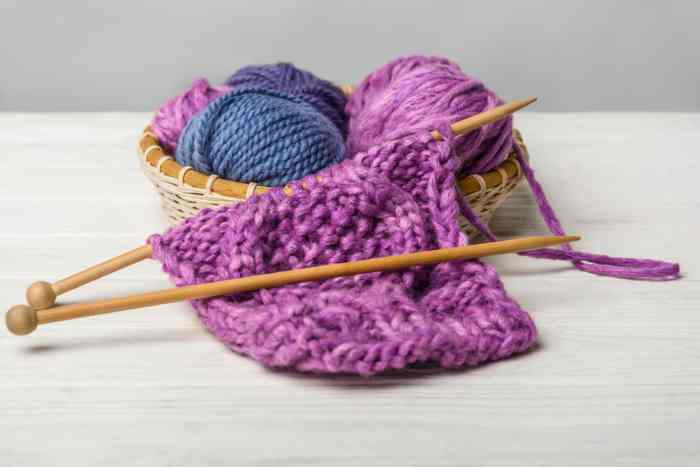
3. How to Improve Your Knitting or Crocheting: Master the Art of Tension Control
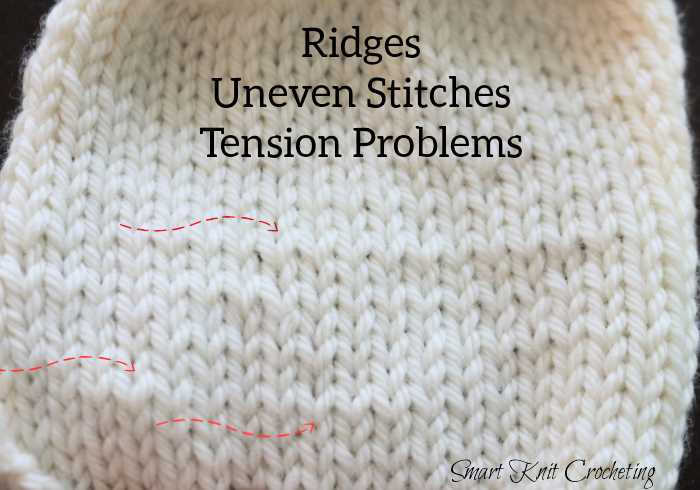
This is probably the number one way to improve the appearance of your projects. Maintaining consistent tension is essential for achieving even and balanced stitches.
Practice is very important. Practice is how you build up that muscle memory.
Even daily practice will help, but knowing what you might be doing wrong is a big step to mastering your tension. You may not even know whether you knit too tight or too loose.
I have a few pages on this site that might help improve the tension between rows and on the edges.
4. Embrace the Power of Swatching
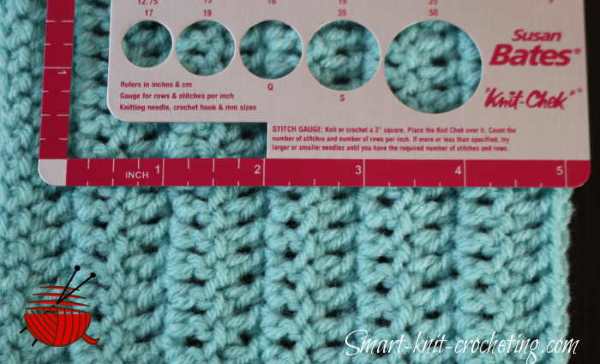
Do you love to swatch? Most people would say no, it’s a waste of time, but swatching is what master knitters and crocheters do before beginning a project, and there is a good reason for that.
The most obvious reason you make swatches is to test your gauge so it is the same as what is written on your pattern.
This is critical to making something that fits, such as a hat or a sweater. This allows you to adjust your tension to that of the designer.
If you knit or crochet tight and the designer who wrote the pattern knits or crochets loose, you may need to go up a needle or hook size so that the result of your hard work is exactly what you want.
I would argue that a swatch can also help you master a new stitch pattern before starting your big project.
For example, if you are making a knitted cable sweater for the first time and don’t have much experience making cables, the swatch will help you practice and perfect the technique before you knit that sweater. The same is true for crochet.
How to measure gauge in knitting
How to measure gauge in crocheting
5. Learn to Read and Understand Patterns
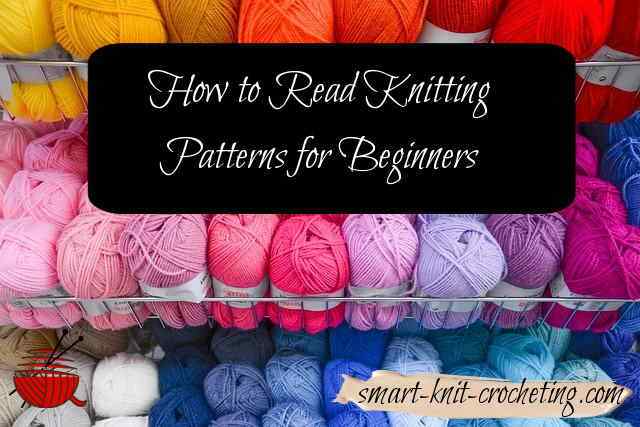
Patterns can sometimes feel like deciphering a secret code or a foreign language. Abbreviations and symbols are used to tell us what to do.
We should be thankful that in today’s world, instructions are written out, so there’s little guesswork. One hundred years ago, patterns were written in a way that assumed you’d know what to do, what size needle or hook to use, or which yarn to buy.
That, of course, assumes you understand all those symbols and abbreviations. Before starting any project, read the pattern from beginning to end. Stop if there is anything you don’t understand and do a little research.
Find the symbol or abbreviation, what it means, and how to create the technique. Good patterns will include all unusual abbreviations but assume you know some basic ones, like p stands for purl and sc means single crochet.
Learn How to Read Knitting Patterns
Learn How to Read Crochet Patterns
Abbreviations and Terms Used in Knitting
Abbreviations and Terms Used in Crochet
6. Learn to Read Your Work
What? First, you ask me to read my pattern and then expect me to read my knitting or crochet?
OK, fair enough. But you won’t need to memorize symbols and abbreviations to read your knitting or crochet.
Rather, you need to learn how to recognize your stitches, how they are placed on the needle, and how they look within the fabric. Once you master this technique, you can spot mistakes very quickly.
Learning to read your work is not a skill that one grasps immediately. You might be able to recognize a stockinette stitch pattern, count the stitches, and observe whether each stitch is the same size as all the rest. Or, if you crochet, a double crochet stitch is easy to identify.
Still, each new technique to learn or stitch pattern you work on requires you to expand your knowledge to recognize new stitches and potential mistakes.
Yarn overs, slipped stitches, increases, and decreases in knitting are just a few techniques requiring you to read your knitting. This is equally true when crocheting.
7. Try to Learn Something New with Each Project
The time you have been knitting does not indicate your skill level. If all you have ever knit in the last five years is garter stitch pattern scarves, you would still be considered a beginner after five years.
If that’s all you want, that’s fine, but if you want to progress, finding new and more challenging projects will help you grow.
I am not suggesting that you jump from that garter-stitch scarf to a Fair Isle sweater. If you are a knitter, there are plenty of projects in between that can challenge you.
Learn and practice new techniques and try out new stitch patterns. Each small project will give you confidence and that sense of accomplishment that can propel you to further your knitting adventure.
8. When and Where You Knit or Crochet Matters
Pick a time that you can devote to improving your knowledge and skills. Preferably, this is a relaxing time when you don’t have too many distractions.
Many of us love to knit and crochet in front of the television, but if you are learning a new technique, a quiet place where you won’t be disturbed is ideal.
Experiment with different locations within your home and even within the community. Do you knit best indoors or outdoors?
Do you prefer a comfortable chair, or can you crochet better sitting at the table?
Would a little background music enhance your experience? Would a cup of tea improve your mood? How about adding a diffuser and your favorite essential oils?
Do you prefer to knit or crochet alone or with like-minded friends? Knitting and crocheting are very individualized. No two people knit or crochet in the same way. Find what works best for you.
Here are a few of my articles exploring quiet, mindful, slow knitting and meditation.
Health Benefits of Knitting and Crocheting
9. Join a Community
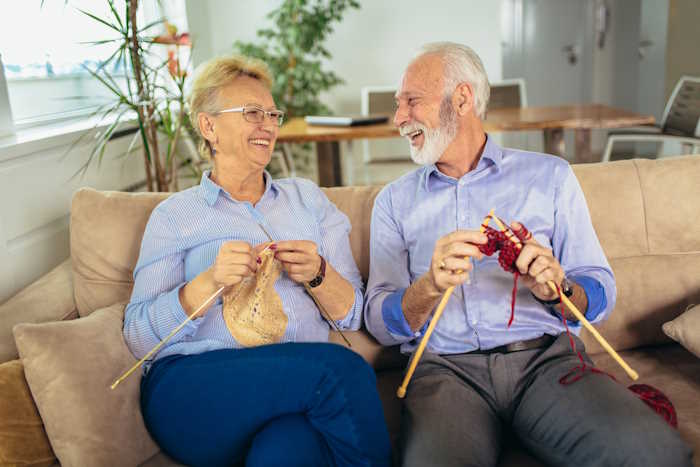
Some people thrive within a community where they can share experiences, ask questions, and brag about accomplishments. This is not unusual, considering we humans are a very social species.
Knitting and crocheting are crafts that thrive in the community, and if you can find this community near your home, that’s great.
Many of us rely on online communities to fulfill these needs. Joining a group or an online community allows you to connect with fellow crafters, exchange ideas, seek advice, and celebrate each other's creations.
Being part of a community provides a supportive environment to learn from others, find inspiration, and make lasting friendships.
10. How to Improve Your Knitting or Crocheting: Learn From Your Mistakes
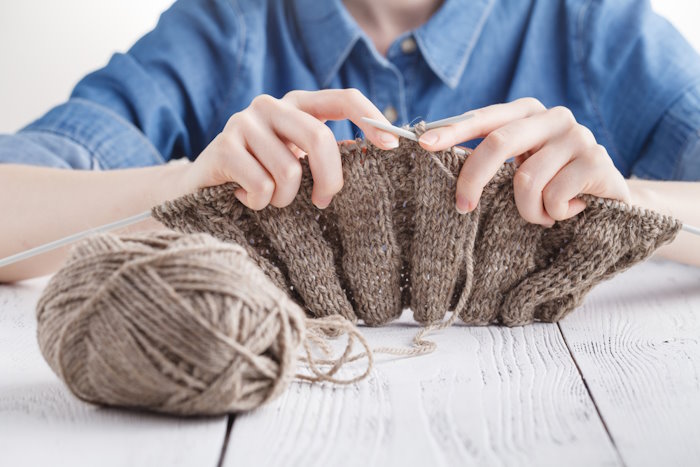
Mistakes are inevitable in any creative process, including knitting and crocheting.
Instead of getting frustrated or discouraged when you make a mistake, look at it as a learning opportunity.
New learning makes the brain stronger. Ripping out (frogging) stitches is no fun, especially in knitting. It’s still better to fix mistakes than let them go hoping no one will notice.
If you are just starting on a new project, you may want to rip it out and make a fresh start. Either way, seeing and fixing your mistakes takes you to the next level in knitting.
Recognizing Mistakes that Beginners Make
11. Find Joy in the Journey
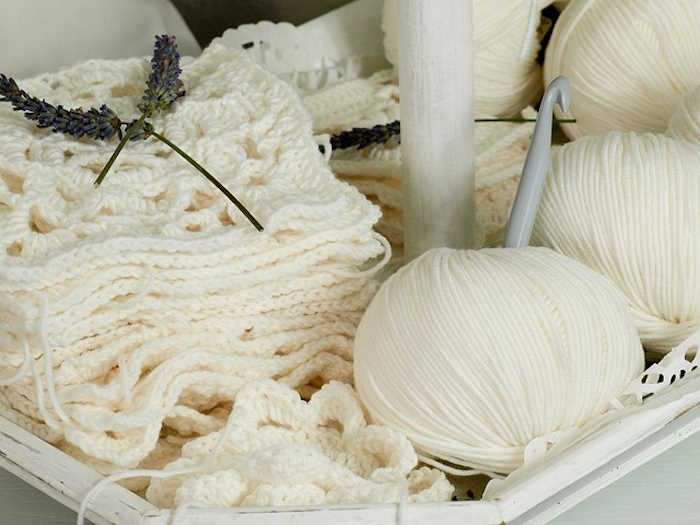
Knitting and crocheting is not just about the finished product but the process itself.
Accept the meditative and therapeutic qualities and allow yourself to be fully present in the moment. Enjoy the soothing rhythm of the needles or hooks, the softness of the yarn, and the satisfaction of watching your project take shape.
This is mindfulness.
I remember taking a class long ago on teaching creative arts to children. I don’t remember all the details, but the takeaway I have used in many parts of my life is process versus product.
If you are worried about finishing the product, you’re not likely to enjoy the therapeutic benefits of the process.
12. Personalize Your Projects
Don’t be afraid to add YOU, to your projects. Patterns are not written in stone, and as you gain experience, you may decide that you love the shape of the sweater pattern but hate the stripes. So remove the stripes!
You may decide that a decorative button or two on the hat you are making is better than how the pattern was written. There’s no reason why you can’t even substitute a stitch pattern, if you have one you love and will create the same gauge.
Knitting and crocheting are art forms that allow you to express yourself, so don't be afraid to make your projects unique.
13. Share Your Knowledge and Inspire Others
As you become more skilled, share your knowledge and inspire others to embark on their journeys. Teach a friend or family member or start blog.
Sell your products or designs on Etsy or start a YouTube channel. There are so many ways to contribute. Your expertise and enthusiasm can ignite a passion for knitting in others and create a supportive network of crafters.
By sharing your love for knitting, you'll foster community and leave a lasting impact on fellow crafters.
How to Improve Your Knitting or Crocheting: Conclusion
In conclusion, knitting and crocheting offers endless opportunities for growth and creativity. Following these 13 tips'll elevate your skills, expand your knowledge, and find true joy in crocheting and knitting. So grab your needles or hooks, unleash your imagination, and let your journey take flight.

